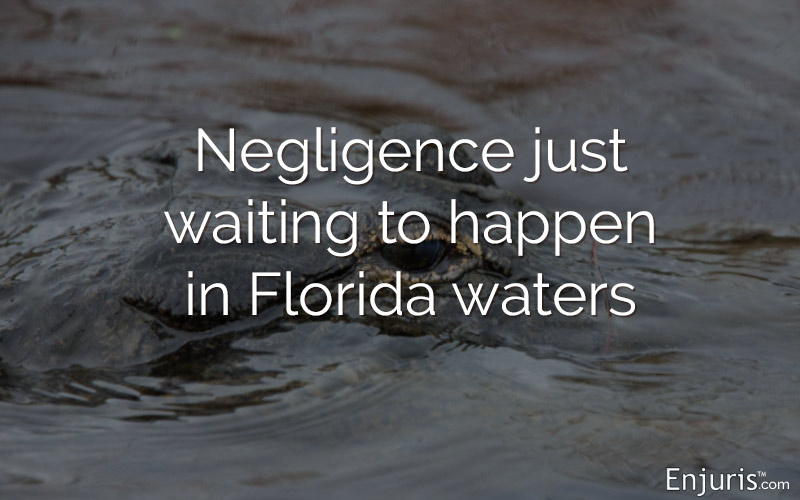Statutory rules and how they affect negligence cases
Negligence is the concept underlying most legal cases, such as personal injury, medical malpractice, slip and falls, and car accidents.
In Florida, you can find negligence laws under Chapter 768 of the statutes. The definition is pretty much the same as in any state. The plaintiff bears the burden of showing that the defendant committed a tort against him, and this requires establishing each of the elements of negligence.
In a criminal case the plaintiff would have to illustrate this beyond a reasonable doubt, but in a civil case he only has to show this by a preponderance of the evidence, or “more likely than not,” or 51%.
- An owed duty: The defendant owed the plaintiff a duty of care.
- The duty of care was breached.
- The breach caused injury: There must be a proven, direct link between the defendant's actions and the injuries to the plaintiff. Elements 3 and 4 can be discussed together.
- Proven suffering: The defendant's actions caused injuries to the plaintiff.
A fundamental issue in negligence cases comes down to what duty the defendant owed the victim, because oftentimes they do not know each other. The jury must usually determine whether a reasonable person of ordinary prudence would have acted in the same manner as the defendant did in the same circumstances.
If the defendant in question was a child, the jury compares the actions to a child of similar age, experience and intelligence.
Pure comparative negligence in Florida
Florida joined 13 others states when it adopted the theory of pure comparative negligence in 1973. This system apportions damages between negligent parties based on their share of fault. This means that a victim is allowed to recover damages – even if he is 99% at fault for the accident. He can still recover that 1% of damages.
Many critics believe this doesn't make sense because it allows a person to recover for an accident that he essentially helped cause, but proponents think it lets the medical bills cover what need to be covered. Why would they go to the 1% when the 99% is the one who's hurt?
It's also far more likely that more than one person is responsible for a car accident. It's a very rare situation indeed for just one person to cause a car wreck. For only one individual to be 100% responsible is virtually unheard of and to apportion blame accordingly between the parties is far more equitable.
Florida damage caps
Florida has set damage caps for certain types of negligence cases. There is currently no damage cap statute in place for normal personal injury cases, and as of summer 2017, no damage cap limit for non-economic damages (pain and suffering, mental anguish, etc.) in medical malpractice cases.
There is, however, still a cap on punitive damages in Florida, which is intended to punish seriously unethical or bad behavior. These are very rare damages and aren't at play in most cases. Florida limits these damages to three times the amount of compensatory damages (those tied to financial losses, like loss of wages, medical bills, etc.) or $500,000, depending on which is greater.
Dog bite cases in Florida
Dog bites are considered to be strict liability cases in Florida under two different statutes. This means that regardless of the dog's temperament or past behavior, if it's wearing a tutu or sitting in a kissing booth, the dog's owner is unfortunately strictly liable for the bite.
Time limits – the statute of limitations
Did you know that each type of personal injury case has its own different type of limitation, too? This means that a wrongful death case has a different deadline than a negligence case, which has a different deadline than a property damage claim, which has a different deadline than a malpractice claim.
If that deadline passes and you have not filed, then you can't pursue your claim in court or receive compensation for the injuries you have sustained.
Read more about the various statutes of limitation in Florida.
Do you have a case pending in Florida? Consider speaking with an Enjuris listed Florida law firm.
See our guide Choosing a personal injury attorney.




